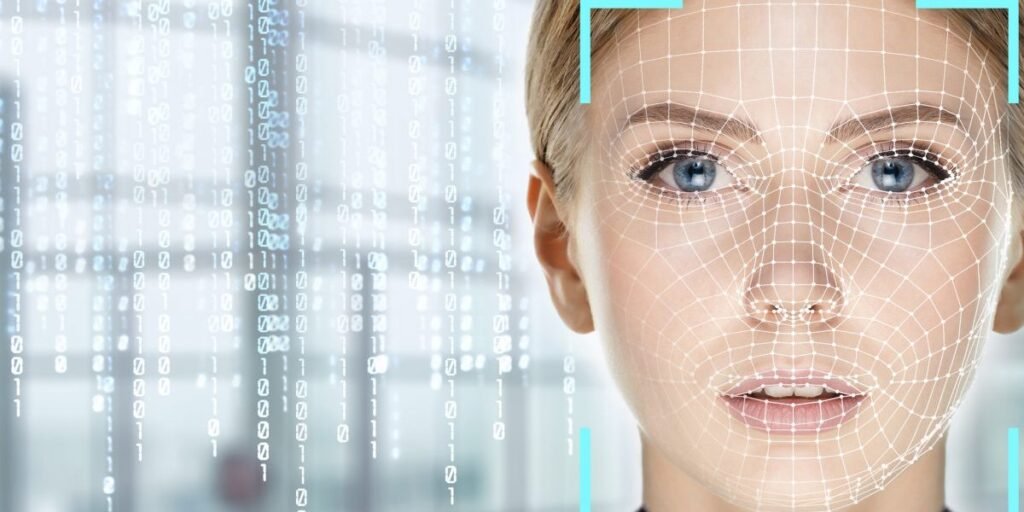Try all of the on-demand classes from the Clever Safety Summit here.
Every thing isn’t all the time because it appears. As synthetic intelligence (AI) expertise has superior, people have exploited it to distort actuality. They’ve created artificial photos and movies of everybody from Tom Cruise and Mark Zuckerberg to President Obama. Whereas many of those use instances are innocuous, different purposes, like deepfake phishing, are way more nefarious.
A wave of risk actors are exploiting AI to generate artificial audio, picture and video content material that’s designed to impersonate trusted people, resembling CEOs and different executives, to trick workers into handing over info.
But most organizations merely aren’t ready to handle most of these threats. Again in 2021, Gartner analyst Darin Stewart wrote a blog post warning that “whereas firms are scrambling to defend in opposition to ransomware assaults, they're doing nothing to organize for an imminent onslaught of artificial media.”
With AI quickly advancing, and suppliers like OpenAI democratizing entry to AI and machine studying by way of new instruments like ChatGPT, organizations can’t afford to disregard the social engineering risk posed by deepfakes. In the event that they do, they are going to depart themselves susceptible to information breaches.
Occasion
Clever Safety Summit On-Demand
Study the essential position of AI & ML in cybersecurity and trade particular case research. Watch on-demand classes right this moment.
The state of deepfake phishing in 2022 and past
Whereas deepfake expertise stays in its infancy, it’s rising in reputation. Cybercriminals are already beginning to experiment with it to launch assaults on unsuspecting customers and organizations.
In keeping with the World Financial Discussion board (WEF), the variety of deepfake movies on-line is rising at an annual price of 900%. On the identical time, VMware finds that two out of three defenders report seeing malicious deepfakes used as a part of an assault, a 13% enhance from final yr.
These assaults could be devastatingly efficient. For example, in 2021, cybercriminals used AI voice cloning to impersonate the CEO of a big firm and tricked the group’s financial institution supervisor into transferring $35 million to a different account to finish an “acquisition.”
The same incident occurred in 2019. A fraudster known as the CEO of a UK energy firm utilizing AI to impersonate the chief govt of the agency’s German dad or mum firm. He requested an pressing switch of $243,000 to a Hungarian provider.
Many analysts predict that the uptick in deepfake phishing will solely proceed, and that the false content material produced by risk actors will solely turn into extra subtle and convincing.
“As deepfake expertise matures, [attacks using deepfakes] are anticipated to turn into extra frequent and broaden into newer scams,” mentioned KPMG analyst Akhilesh Tuteja.
“They're more and more changing into indistinguishable from actuality. It was straightforward to inform deepfake movies two years in the past, as they'd a clunky [movement] high quality and … the faked particular person by no means appeared to blink. But it surely’s changing into tougher and tougher to tell apart it now,” Tuteja mentioned.
Tuteja means that safety leaders want to organize for fraudsters utilizing artificial photos and video to bypass authentication methods, resembling biometric logins.
How deepfakes mimic people and will bypass biometric authentication
To execute a deepfake phishing assault, hackers use AI and machine studying to course of a spread of content material, together with photos, movies and audio clips. With this information they create a digital imitation of a person.
“Unhealthy actors can simply make autoencoders — a form of superior neural community — to look at movies, research photos, and hearken to recordings of people to imitate that particular person’s bodily attributes,” mentioned David Mahdi, a CSO and CISO advisor at Sectigo.
Among the best examples of this strategy occurred earlier this yr. Hackers generated a deepfake hologram of Patrick Hillmann, the chief communication officer at Binance, by taking content material from previous interviews and media appearances.
With this strategy, risk actors cannot solely mimic a person’s bodily attributes to idiot human customers by way of social engineering, they'll additionally flout biometric authentication options.
For that reason, Gartner analyst Avivah Litan recommends organizations “don’t depend on biometric certification for person authentication purposes except it makes use of efficient deepfake detection that assures person liveness and legitimacy.”
Litan additionally notes that detecting most of these assaults is more likely to turn into tougher over time because the AI they use advances to have the ability to create extra compelling audio and visible representations.
“Deepfake detection is a shedding proposition, as a result of the deepfakes created by the generative community are evaluated by a discriminative community,” Litan mentioned. Litan explains that the generator goals to create content material that fools the discriminator, whereas the discriminator regularly improves to detect synthetic content material.
The issue is that because the discriminator’s accuracy will increase, cybercriminals can apply insights from this to the generator to supply content material that’s tougher to detect.
The position of safety consciousness coaching
One of many easiest ways in which organizations can deal with deepfake phishing is thru the usage of safety consciousness coaching. Whereas no quantity of coaching will stop all workers from ever being taken in by a extremely subtle phishing try, it might lower the probability of safety incidents and breaches.
“One of the simplest ways to handle deepfake phishing is to combine this risk into safety consciousness coaching. Simply as customers are taught to keep away from clicking on net hyperlinks, they need to obtain related coaching about deepfake phishing,” mentioned ESG Global analyst John Oltsik.
A part of that coaching ought to embody a course of to report phishing makes an attempt to the safety crew.
By way of coaching content material, the FBI means that customers can be taught to determine deepfake spear phishing and social engineering assaults by searching for visible indicators resembling distortion, warping or inconsistencies in photos and video.
Instructing customers tips on how to determine frequent crimson flags, resembling a number of photos that includes constant eye spacing and placement, or syncing issues between lip motion and audio, will help stop them from falling prey to a talented attacker.
Preventing adversarial AI with defensive AI
Organizations also can try to handle deepfake phishing utilizing AI. Generative adversarial networks (GANs), a kind of deep studying mannequin, can produce artificial datasets and generate mock social engineering assaults.
“A robust CISO can depend on AI instruments, for instance, to detect fakes. Organizations also can use GANs to generate attainable kinds of cyberattacks that criminals haven't but deployed, and devise methods to counteract them earlier than they happen,” mentioned Liz Grennan, skilled affiliate companion at McKinsey.
Nonetheless, organizations that take these paths must be ready to place the time in, as cybercriminals also can use these capabilities to innovate new assault varieties.
“In fact, criminals can use GANs to create new assaults, so it’s as much as companies to remain one step forward,” Grennan mentioned.
Above all, enterprises must be ready. Organizations that don’t take the specter of deepfake phishing significantly will depart themselves susceptible to a risk vector that has the potential to blow up in reputation as AI turns into democratized and extra accessible to malicious entities.

